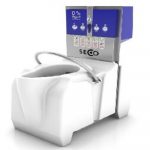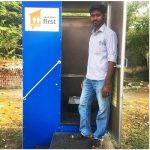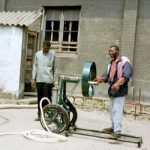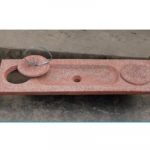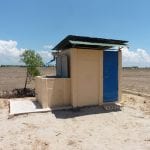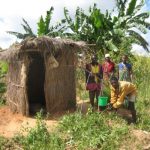Change: Waterless toilet
Change: Water Labs
The Change: Waterless Toilet is a standalone unit that dries feces and vaporizes urine.
The Water Lab toilet prototype is a stand-alone dry toilet. It has a polymer membrane inside its storage container that dries out the excreta and vaporizes the liquid so that waste volumes are reduced. No energy input, external storage, or water input is necessary. The toilet is targeted towards refugee camps in the first phase, but commercialization of the product to households and construction sites is planned for the future.
Global but with a first focus on refugee camps and crises in the Middle East and North African countries and water scarce contexts without access to sewer systems. Pilot testing has been completed in Uganda.
The Waterless Toilet is currently a prototype but Water Labs plans to sell the product to NGOs and governmental agencies that will implement the product in emergency settings. They aim to provide waste management companies with toilets for their sanitation services. Water Labs intends to sell directly to end users as well.
200-350 USD
No other toilet uses the same vaporization principle but other examples of dry toilets with internal storage are the Clean Team toilet and Wonderloo. Competitors in emergency settings include products such as Peepoo.
Goal 6: Clean water and sanitation
Individuals in refugee camps and humanitarian crisis; urban households in low-income settings without sewer systems; construction site staff and vacation home owners. Transportation settings such as boats or trains.
